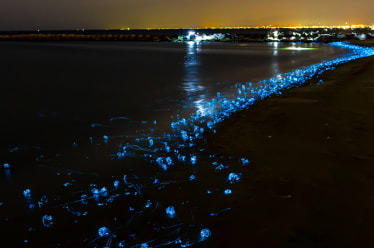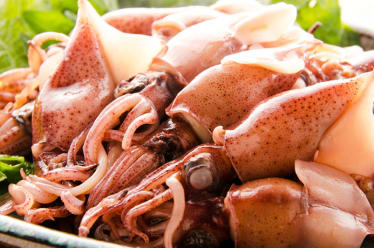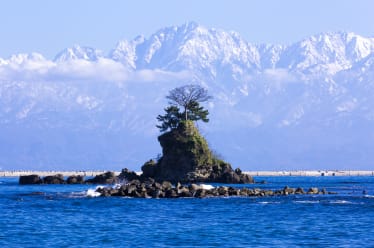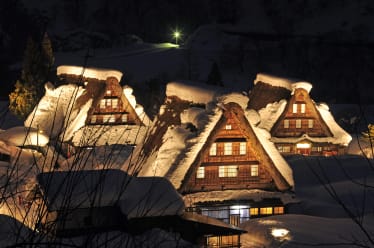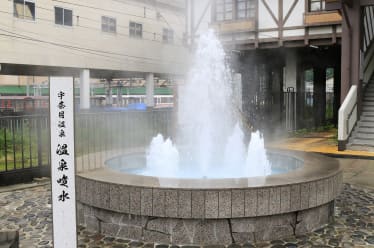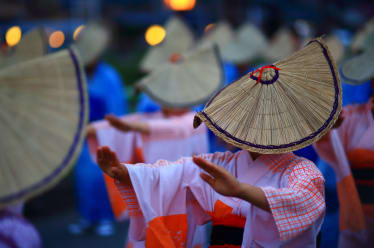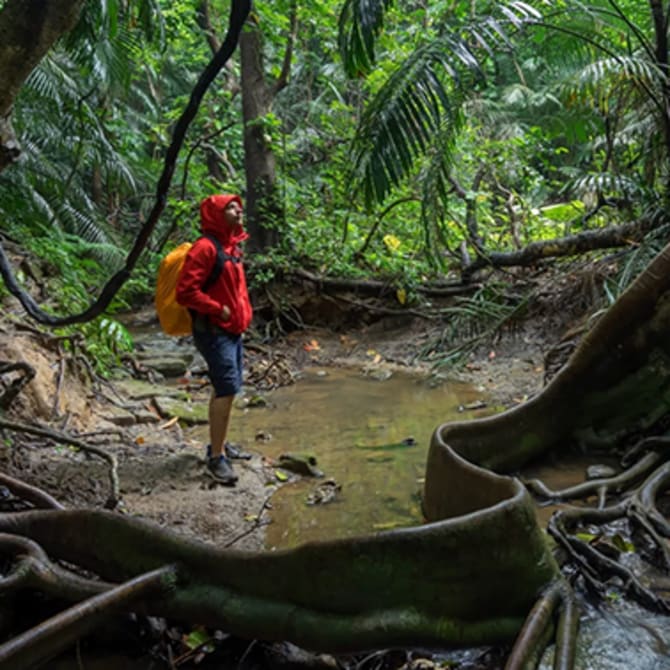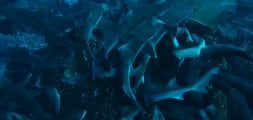
Toyama
The Mystical Waters of Toyama Bay
When people think of diving locations in Japan, they likely think of places such as Okinawa or Izu. Many people outside of Japan have probably never even heard of a place in Japan called Toyama or even know where it is. Yet, ocean enthusiasts may recall a video of a 10-meter long giant squid filmed in Japan a few years ago that went viral globally. This video was recorded in Toyama Bay. Such sightings are rare, but these behemoths do show up at least once a year in the bay. During early spring each year, the much smaller firefly squids ascend to the surface in the bay and put on a transcendental show of their own. You may have seen photographs of these squids glowing bright blue as they spawn and are agitated by waves on the ocean surface near the shoreline. This results in shorelines blanketed in blue jewels—a sight that cannot be seen anywhere else.
This bay is mystical and unique. However, squids are not the only attractions of Toyama Bay. My curiosity led me to reach out to Mr. Kimura of Kaiyu Toyama to guide me and show me all this mystical ocean has to offer. Although the diving here is popular within Japan and among the locals, not much information is conveyed to the global diving community. This article intends to change that by introducing you to what Toyama and its bay offer.
How to Get There
Toyama is the capital city of Toyama Prefecture, and it is located on the coast of the Sea of Japan. It is about 260 km northwest of Tokyo and is easily accessible by high-speed bullet train, or shinkansen.
As I always want to maximize the number of dives on any given dive day, I decided to take the earliest bullet-train possible from Tokyo Station. It was before dawn on a cold winter day, and Tokyo Station was already crowded with locals and tourists alike, carrying their skiing and snowboarding gear on their way to the mountains of Nagano/Niigata. Lugging my heavy diving and camera gear—weighing a total of about 40 kg—I boarded the train leaving Tokyo station at 06:16 am.

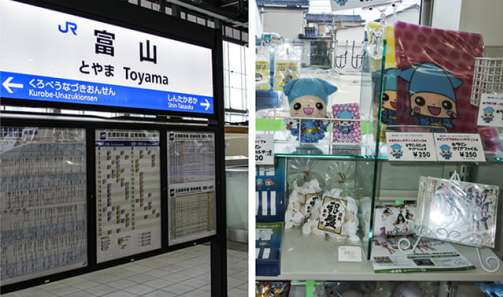
Traveling 260 km may sound like a lot, but the comfortable, high-speed train arrives at Toyama station after a little bit over 2 hours! After leaving Tokyo on the shinkansen, you will pass through Saitama Prefecture as well as the beautiful snowy mountain scenery of Nagano Prefecture before arriving in Toyama. As soon as you step off the train at Toyama station, you will quickly notice that it is cold! The Sea of Japan is known to be cold, and the air temperature on this day was less than 10 degrees in the morning. With harsh, biting winds hitting your face, it feels even colder.
As soon as you step inside a convenience store in Toyama, you know that you've come to the land of the squids—there is a variety of merchandise featuring the town's squid mascots for sale.
Logistics of Diving

After wandering around the train station for a while, I was greeted and picked up at 09:30 am in front of the station by Mr. Kimura of Toyama Kaiyu dive shop. He drove me first to his dive shop, located about 30 minutes away from the station. Once we reached the shop, we geared up, loaded scuba tanks into the van, and discussed the dive plan for the next two days. Mr. Kimura, unlike most dive shops and their firm dive schedules, is very flexible and will tailor your dives to fit your needs.

Kaiyu Toyama has been around for many decades and is the most experienced dive shop operating in Toyama Bay. Mr. Kimura is probably one of the most committed divers I have ever met. Born and raised near Toyama Bay, he is a true local who knows the area inside-out. When he is not doing recreational diving, he works as a commercial diver working at sites such as dams. With his many connections among the local fishermen, Mr. Kimura is the first to be informed when rare fish such as the giant squid or adult oarfish are observed in the bay, and because of the variety of fish that thrive in the bay and the rare-encounter behaviors such as mating or spawning of sea creatures that happen at certain hours, Mr. Kimura offers custom-tailored diving, 24/7, 365 days a year, whenever you wish. The famous illumination of firefly squids happens in early spring between midnight to 5 am. Seahorses spawn at night, but only at a specific time when the rest of the town would usually be sleeping. The arrival of deep-sea fish may only happen for a brief time, requiring multiple dives throughout the entire night.
We decided to do three day-dives and a night-dive called blackwater-diving. The day dives would be spread out evenly from the morning until evening, and the night-dive would be carried out around 9 pm, allowing us to finish the day around 10:30 pm. Each dive would last about one hour. We took Mr. Kimura's van from his shop to the Toyama Bay, arriving in about 40 minutes.
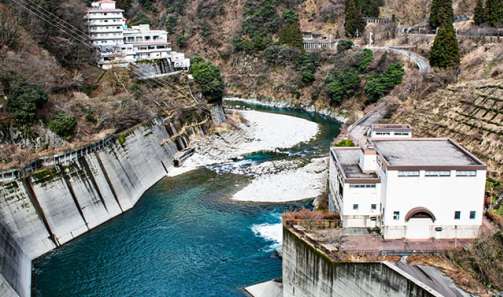
Mr. Kimura can also take you on a tour of the city, and on land he can entertain you with one of his many underwater stories, including the time when he had a near-death experience while commercial diving at a dam, as well as the time when he was suddenly pulled 30 meters down from the ocean surface by a giant squid!
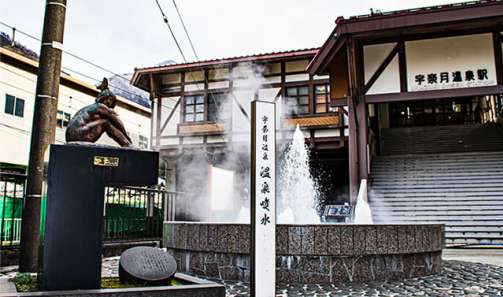
Toyama is mountainous and has many hot-spring sites as well. After a long day of diving in the cold ocean, a dip in the hot-spring is not a bad idea.
When a day of diving is complete, Mr. Kimura will drive you back to your hotel. I decided to book a hotel near the train station for convenience: Apa Villa Hotel, a small business hotel costing around 5000 yen per night with no meals. The room was small as a shoebox, but it was clean, convenient, and worth the price. As an added bonus, you also get a view of the snow-covered mountain ranges of Toyama from the hotel room. What a sight!
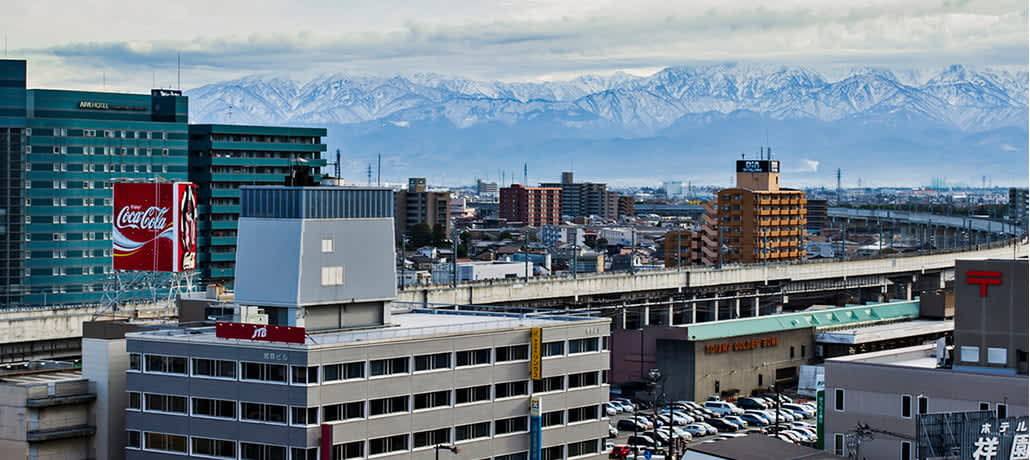
Toyama Bay: Unique Terrain Both Underwater and on Land
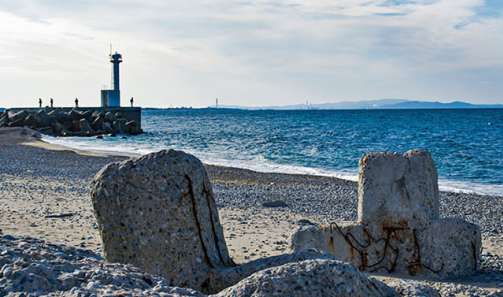
One distinct feature of Toyama Bay is its steep marine terrain. Toyama Bay is 1,200 meters deep and becomes very deep very quickly because of its steep underwater slope. The upwelling currents from the seafloor bring exotic, cold-dwelling, deep-sea creatures from the bay's dark depths, and it is not uncommon for divers to encounter such marine life. his proximity from the port makes the bay like a fish tank for the local fishermen.
During the warm summer months, the Tsushima Current, the northeastward-flowing branch of the Kuroshio current that runs along the west coast of Japan, runs into Tayama Bay. This can cause sea temperatures to reach up to 30 degrees Celsius, allowing sea life that prefers warmer waters to thrive, but during the winter months when the current is absent, the sea temperatures near the surface can dip down as low as eight degrees Celsius, for a whopping 22 degrees difference between the two opposite seasons.
But opposite the bay lies the mountainous terrain of the Japanese Alps, and the ranges of mountains covered in snow on a clear, winter day will take your breath away. The snow that falls on these 3,000-meter-high mountains will eventually melt and become part of the seven rivers that pour into Toyama Bay. Freshwater pouring into ocean water creates water of different salinities, and as a result, the visibility can become blurry near the surface. It is this fast-flowing and nutrient-rich mixture that creates such a fertile, marine environment. Out of the 800 total species found in the Sea of Japan, 500 can be found in the uniquely biodiverse Toyama Bay.
Breeding and Brooding Grounds of Marine Life
As soon as you enter the water, you will notice that the terrain is very plain: sandy bottom mixed with rock formations and countless tetrapods spread across the shore to prevent erosion. It lacks the vibrant and multi-colored reefs that a lot of the tropical islands can offer. However, you will soon find that these reefs and foundations serve as critical breeding grounds during the winter months for many sea creatures that usually live in deeper waters. This ocean is filled with life, and winter shows how life is created and incepted here.
The North Pacific Giant Octopus is the dominant predator in this bay. These beasts can be heavy, and the largest ever recorded was 136 kg (300 lbs) with arm spans of 10 meters (32 feet). The arm-span of a typical octopus that dwells in Toyama Bay is around 2-3 meters. They seem to be more docile when compared to the same species found in Hokkaido—the ones in Hokkaido tend to be more vicious, and large adults often approach divers carrying large camera equipment and cling onto them.
The giant octopuses feed on fish such as the Okhotsk atka mackerel (hokke fish) and its cousin the Fat Greenling (ainame fish), as well as the smooth lumpsucker—these are denizens of Toyama Bay that also breed and brood around the same time. I have found the mackerels and fat greenlings to be more aggressive than the giant octopuses in this bay: if you approach their eggs with your camera to take a photograph, the adults, who patrol around their recently-lain eggs, will feel threatened and will relentlessly dart out towards you and try to dissuade you. But as a passionate diver/photographer, you will not be so easily deterred by the fish's action as you are mesmerized by the eggs' beauty. The freshly laid eggs are blue and have the majestic look of pearls; they are true jewels of the sea. Over time these eggs will turn purple, and before the younglings are ready to hatch, you will see their large eyes twirling around inside each of the eggs. You will leave the area with a smile on your face and pray that every hatchling will have a safe life ahead.
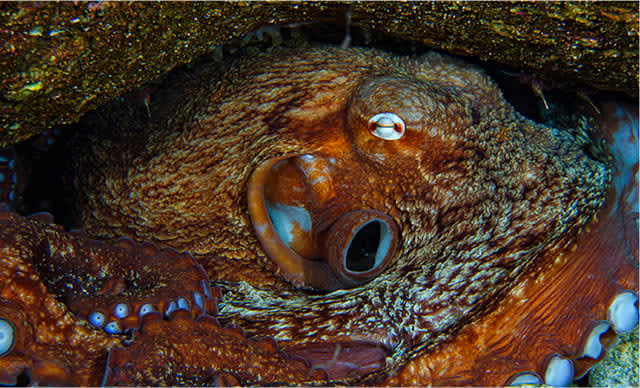
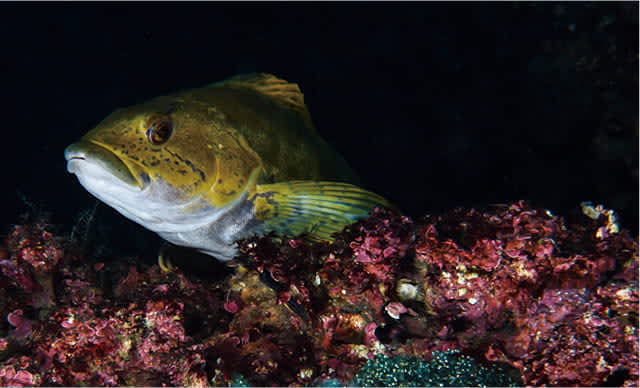
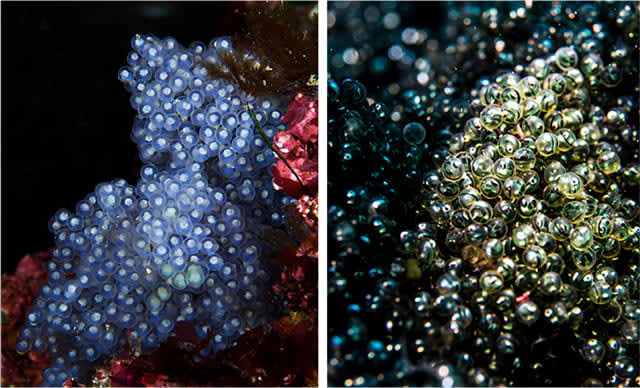
Massive Ocean Migration at Night
Blackwater diving is a form of diving conducted at night, whereby lights are set up at a certain depth below the sea surface to attract rare sea creatures from the deep-sea: hundreds of meters below sea-level, where no light reaches and pressure is so immense that most animals would not be able to survive. Why do these deep-sea creatures rise to the sea surface only during night time? With frequent sightings of such deep sea-creatures along the Japanese coastal waters, including Toyama Bay, it seems this is a natural phenomenon and not a precursor to volcanic activity or earthquakes as had been previously thought. This phenomenon, called diel vertical migration (DVM), was discovered thanks to satellite image recordings by NASA. At night, countless small sea creatures swim from the ocean abyss to feed near the surface before descending back down before dawn.
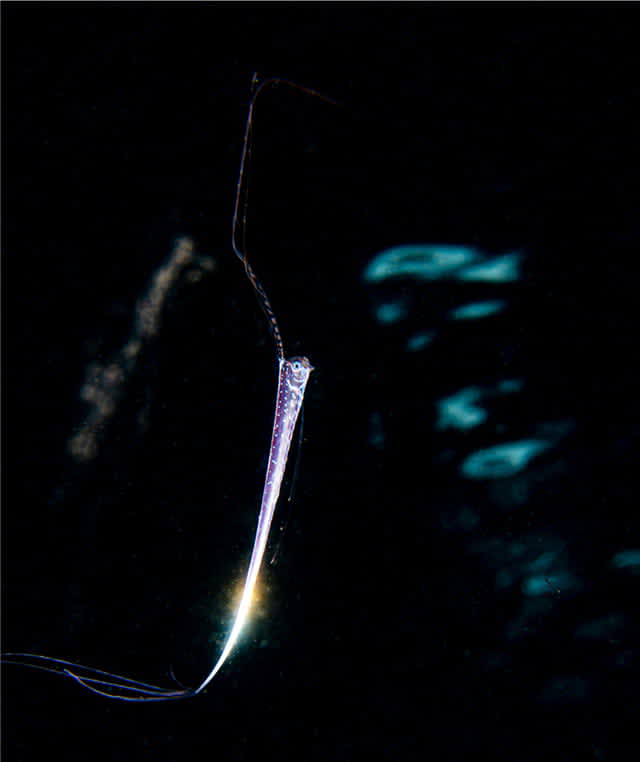
This migration is part of Earth's carbon cycle, and the study shows that this is a natural phenomenon. Why does this occur? According to the study, this migration of sea creatures—ranging from pelagic tunicates to copepods to salps to transparent alien-like subjects—allows them to feed on phytoplankton at night while avoiding being seen by predators near the surface that would consume them during the day.
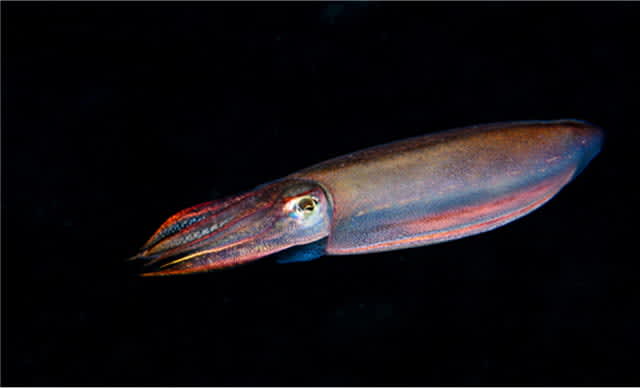
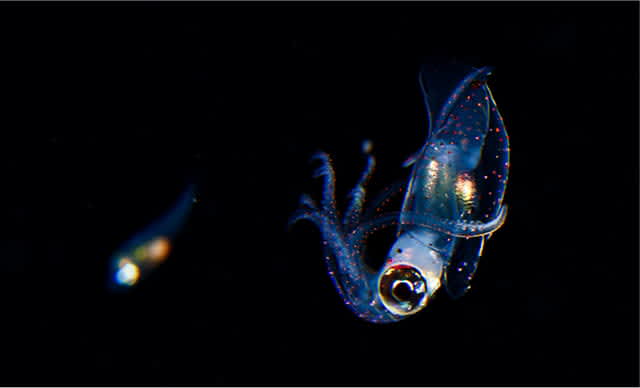
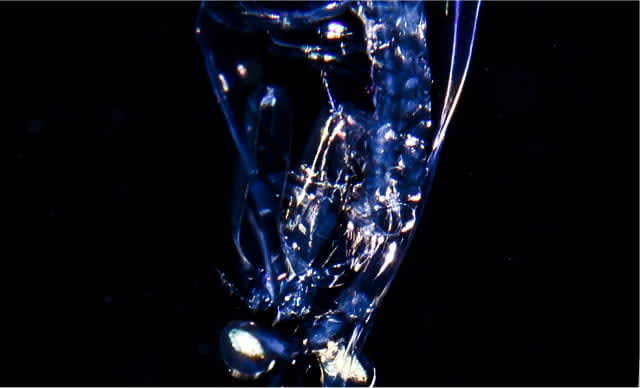
Because Toyama Bay gets very deep just a short distance away from the coast, upwelling currents from the seafloor bring deep-sea creatures near to the surface. In Japan, blackwater diving is called "light trap" diving because multiple spotlights are set up at the sandy bottom (around 10 meters deep) to attract plankton, which in turn attract deep-sea fish. Strange-looking jellyfish, salps, pelagic tunicates, and other transparent sea creatures come near the surface. Even the rare juvenile oarfish, as well as juvenile scalloped ribbonfish, can be seen here. Adults have been seen in the bay in the past as well, with the adult oarfish easily measuring over 6 meters. Usually, adult oarfish are only found washed up dead on the shore, but Toyama Bay offers the chance to see them alive and swimming in the water.




















































